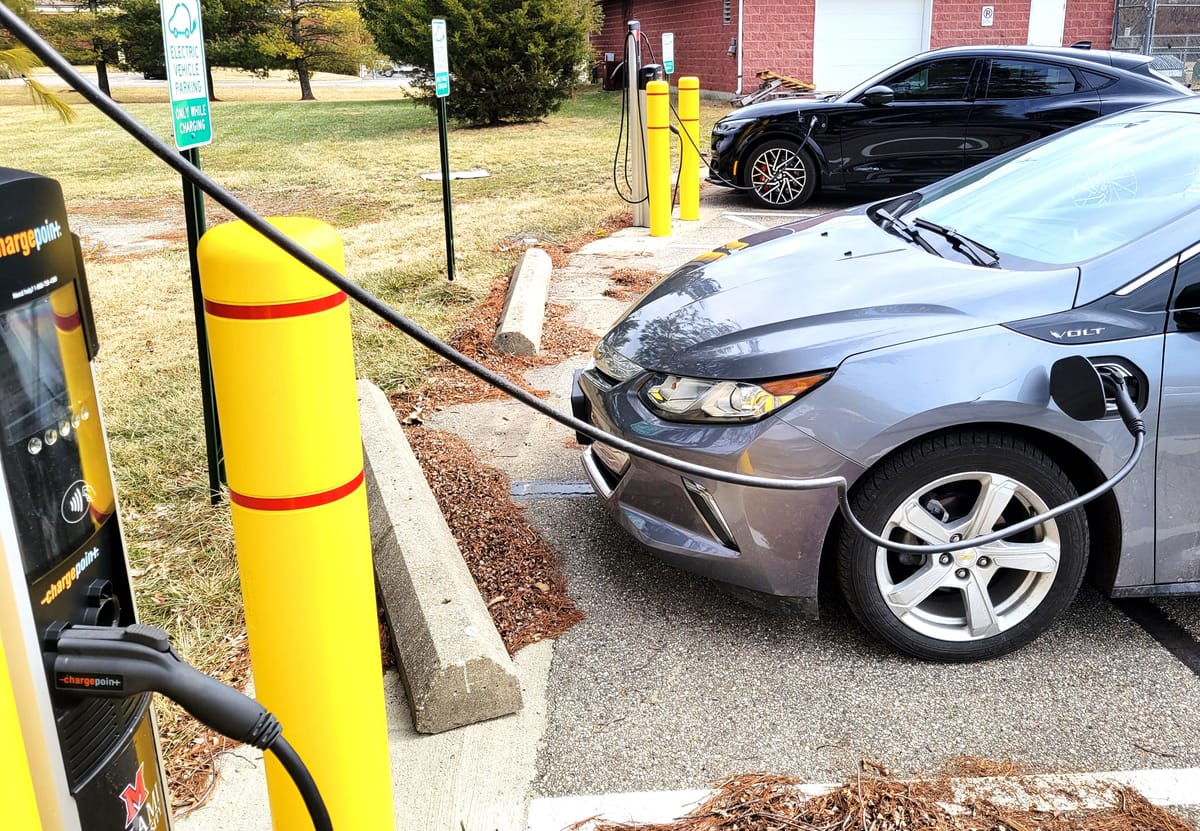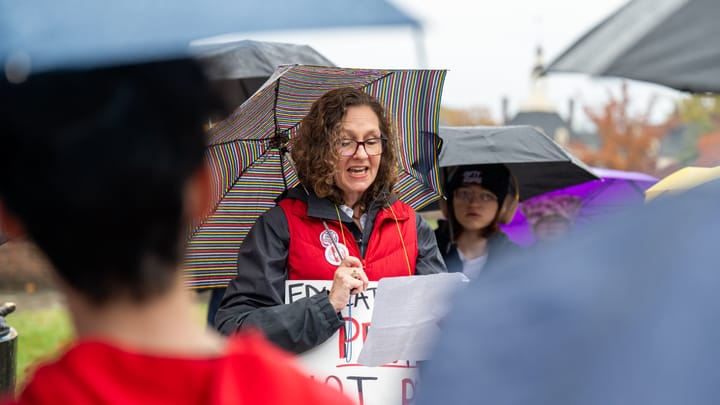City commission evaluates emissions
The Oxford City Council will review a new greenhouse gas inventory following a work session with the Climate Action Steering Committee.

A new greenhouse gas inventory measuring Oxford’s emissions in 2023 is set to come before the Oxford City Council following a recent work session with the Climate Action Steering Committee (CASC).
Greenhouse gas inventories track the sources and volume of emissions within communities, which could contribute to climate change. Oxford conducted its first inventory in 2019, and in 2023, the city formally adopted a goal to be carbon neutral by 2045.
The newest inventory was completed by Power a Clean Future Ohio (PCFO), a nonprofit organization that partners with 50 member communities across the state. Compiling data on emissions and offsets can be a lengthy process, but Oxford’s Sustainability Coordinator Reena Murphy said PCFO put together the current inventory free of charge.
Members of the CASC reviewed a draft of the inventory during a June 3 meeting. The final numbers will be reported to the City Council in late June or July, Murphy said. PCFO found that the largest single source of emissions was electricity, followed by transportation. Most of the emissions were categorized as from commercial uses.
Oxford has made an effort to reduce its carbon footprint in government operations in recent years. According to the initial data presented to the CASC, electric aggregation and the tree canopy on city-owned property were the biggest contributors to offsetting emissions in 2023.
Murphy said she’ll take the CASC’s feedback into account when finalizing her report to City Council, and the final data will be published. The 2019 inventory set Oxford’s baseline for greenhouse gas emissions at more than 230,000 metric tons that year, including Miami University emissions. Murphy hopes to do an updated inventory every two years to track the city’s progress on its goal to cut emissions by 50% by 2030 and be carbon neutral by 2045.




